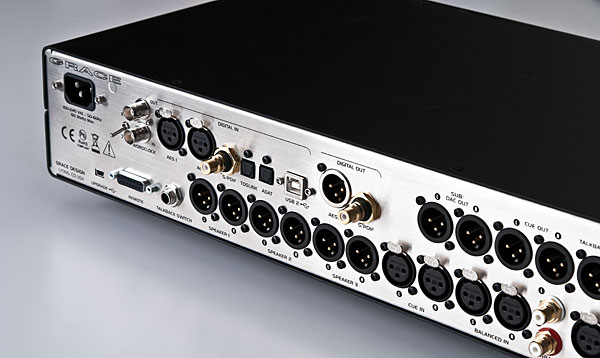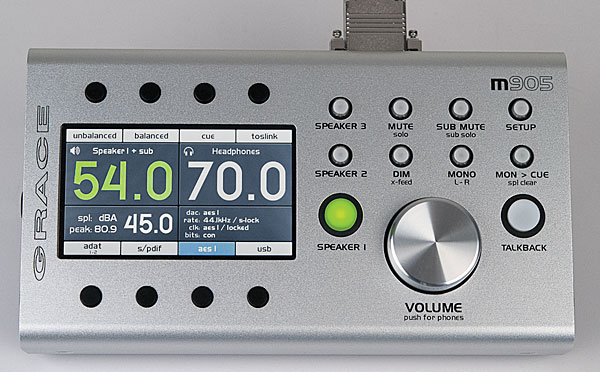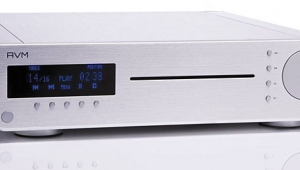| Columns Retired Columns & Blogs |
It's all fine and good to see a column on the m905, but I'm waiting for a full review of the m920, which is more affordable and probably more useful to the average audiophile.
http://www.gracedesign.com/products/m920/m920.htm








































